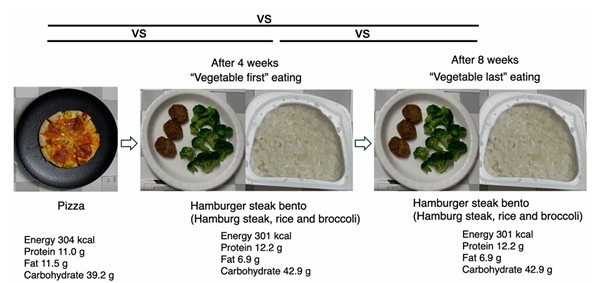Pizza disappears from your plate faster than a Japanese bento box meal. That’s not just a casual observation – it’s science.
Japanese scientists have discovered that meal choice impacts eating habits more significantly than food sequence. The research, appearing in Nutrients journal on May 3, 2025, examined how 41 adults consumed different meal types.
“Eating slowly helps prevent obesity,” says Professor Katsumi Iizuka from Fujita Health University, who led the research. “Simply choosing a bento instead of fast food naturally extends meal time and encourages mindful eating.”

Scientists observed people consuming three different meals during the study: one pizza meal and two bento meals – one where vegetables were eaten first and another where vegetables came last. They used specialized equipment to measure chewing habits and speed.
Similar Posts
Pizza vanished quickly with fewer chews. Bento meals, eaten with chopsticks and featuring separate portions of rice, vegetables, and meat, kept people at the table longer and chewing more.
Men chomped faster than women, and older folks ate quicker than younger participants. Body size showed no clear link to eating speed, though the researchers note people with obesity might prefer easy-to-eat processed foods.
“Bento meals come in small portions you pick up with chopsticks, which naturally slows eating,” Professor Iizuka explains. “Pizza, eaten by hand, is designed for speed.”
The brain controls chewing tempo, but meal choice affects overall chewing amount and mealtime length. More chews and bite size reduction naturally lengthen eating sessions, which helps with digestion and may assist weight management.
This finding flips conventional wisdom. Rather than focusing on eating vegetables first or chewing each bite 30 times, simply choosing meals that take longer to eat might be more practical.
Picking foods that require utensils and come in multiple components – rather than handheld items like burgers or pizza – creates a natural brake on eating speed.
With rising global obesity rates, this practical approach offers a simple tool for healthier eating habits without complicated rules or drastic diet changes.


















